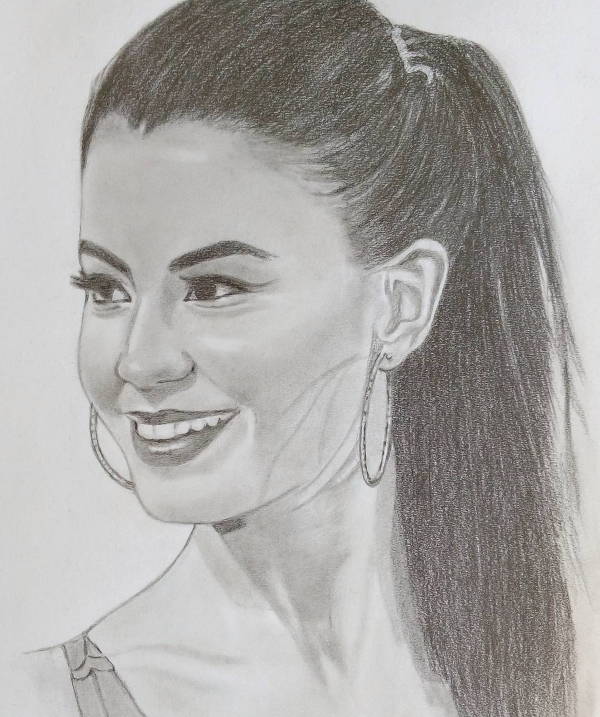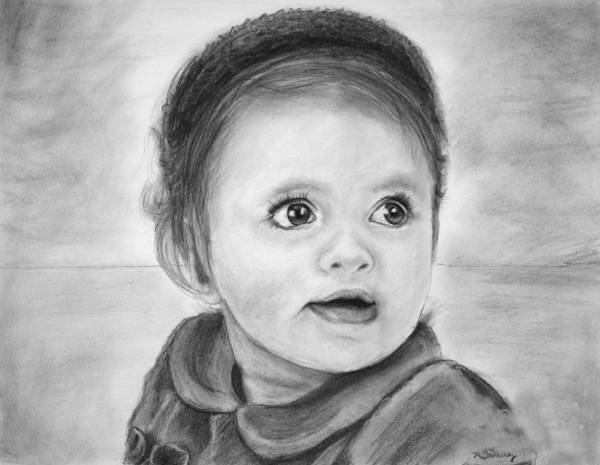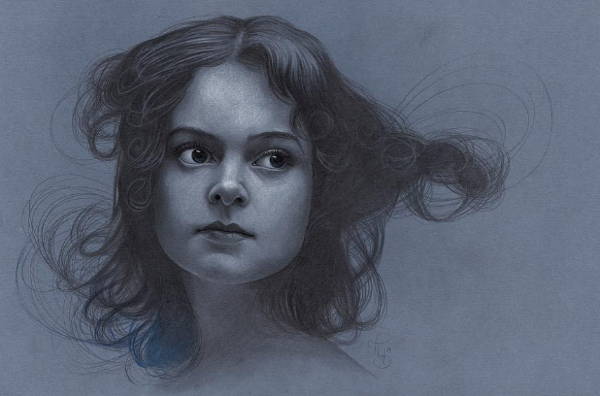8+ Portrait Drawings
Portraits have been popular ever since the Before Christ Era days and has been one of the many forms of art that has survived all these years. Dating back to ancient Egypt, it has been used to show the power, importance, virtue, beauty, wealth, and other qualities of rulers and prominent individuals. From coins to walls and frescos to photos, you can see portraits everywhere—and Charcoal Drawings are no exception.

A portrait, as defined in the dictionary, is a painting, a photograph, sculpture, or other artistic representation of a person in which the face and its expression is predominant. The purpose of a portrait is to display the likeness, personality, and even the mood of the person. One of the most famous portraits in the world is the Mona Lisa by Leonardo da Vinci in which the enigmatic expression of the subject has fascinated the world.
Realistic Portrait Drawing
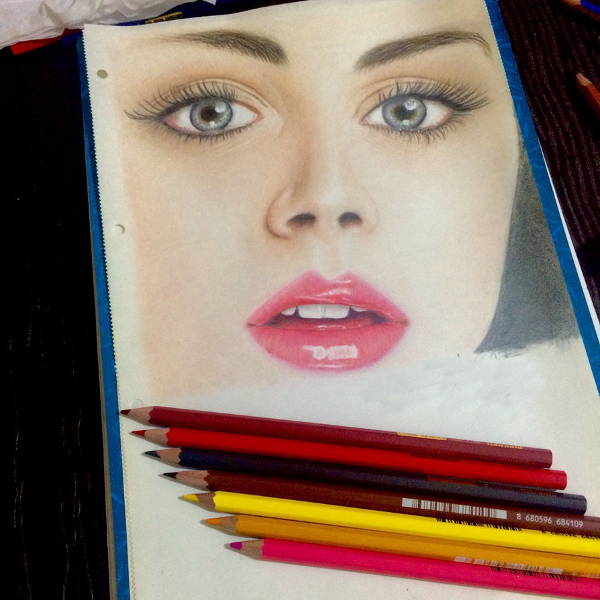
Pencil Portrait Drawing
Baby Portrait Drawing
Family Portrait Drawing
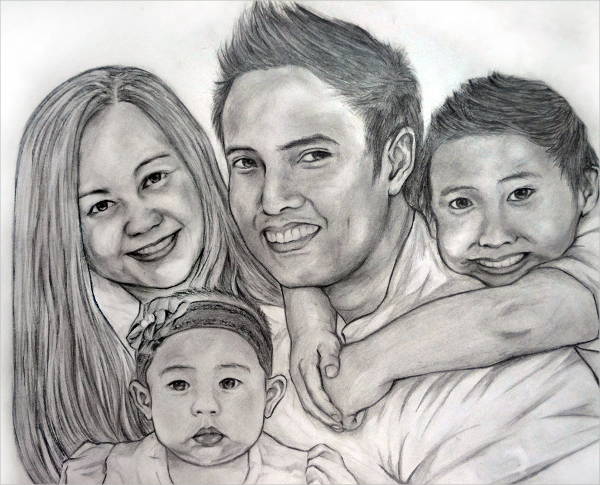
Things to Consider When Drawing Portraits
Here are some of the important things you need to consider when drawing portraits:
- Proportions of the head. As an artist, you need to measure the size and calculate the shape and position of the features of the face you are drawing; otherwise, you get a monster or an alien staring back at you.
- Portrait features. The eyes, nose, mouth, ears, and even the hair has its own difficulties, and you should learn how to do them individually. The different expressions that are characterized by these features should also be executed.
- Pencil drawing. Every visual art form or creative work starts with a pencil. You should be able to illustrate every step of Pencil Drawings to achieve a satisfying image—from the initial outline to the tones and textures of the finished work.
- Shading techniques. From the pencil drawing, you should be able to render the tone and the form of your subject through the shading techniques. Mastering this will make you closer to bringing your subject to life.
Portrait Face Drawing
Funny Portrait Drawing
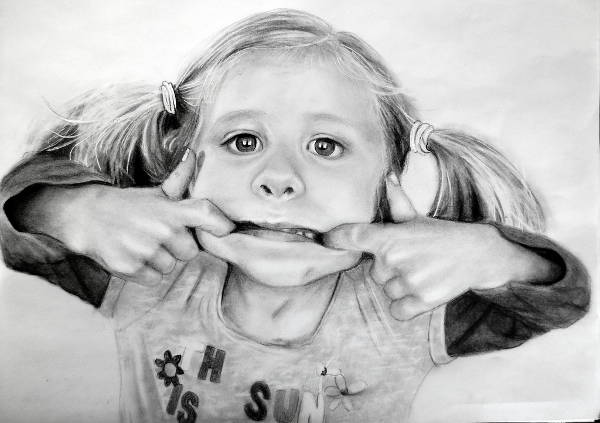
Girl Portrait Drawing
Animal Portrait Drawing
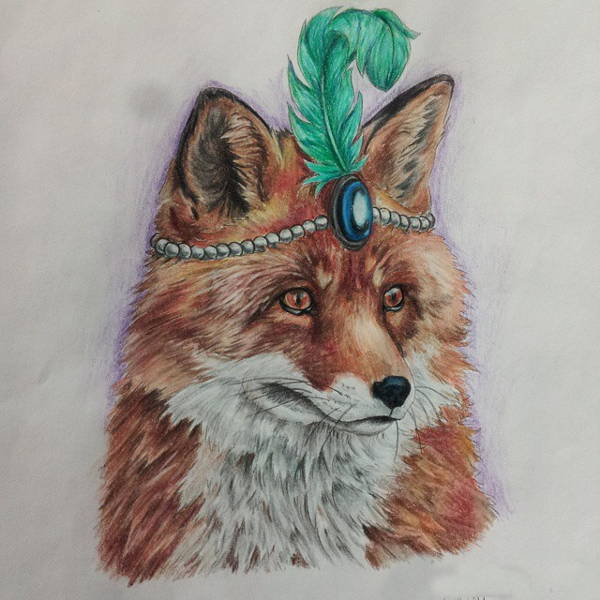
Portrait Charcoal Drawing
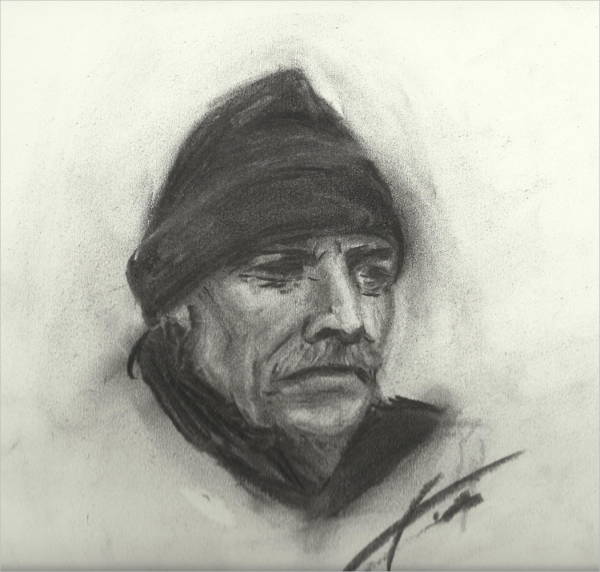
Different Pencil Techniques for Your Portrait Drawing
It is essential to understand how each of these strokes can be useful in the creation process. Here are a few important notes to consider before starting your own drawing:
- Outline. The light outline is used to create guidelines for both you and the subject. In contrast, the heavy outline is used to finalize and emphasize details of your final product.
- Hatching. This is a shading technique done by simply marking out small lines in one direction and bunch them together to create a fill color from further away.
- Crosshatching. Same with hatching, except the process is also repeated in the other direction in a second layer on top of the first layer. This is a good way to add darker shades.
- Stipping. This technique uses the same principle as hatching but with smaller lines that are similar to tiny dashes. Used to shade smaller areas such as the eyes or lips.
- Back and forth. Done by simply moving the pencil back and forth at a rapid speed and is useful near the outline of the subject to make sure the fill shade stays within the area.
- Scumbling. This is a pencil drawing technique that involves moving the pencil in small, circular motions keeping them compact and the shade tight to create a smooth texture.
All these techniques are useful to add more dimension and details in your art project. You can also use them anywhere such as the Tattoo Drawings that is also found on this website.
If you have any DMCA issues on this post, please contact us!





